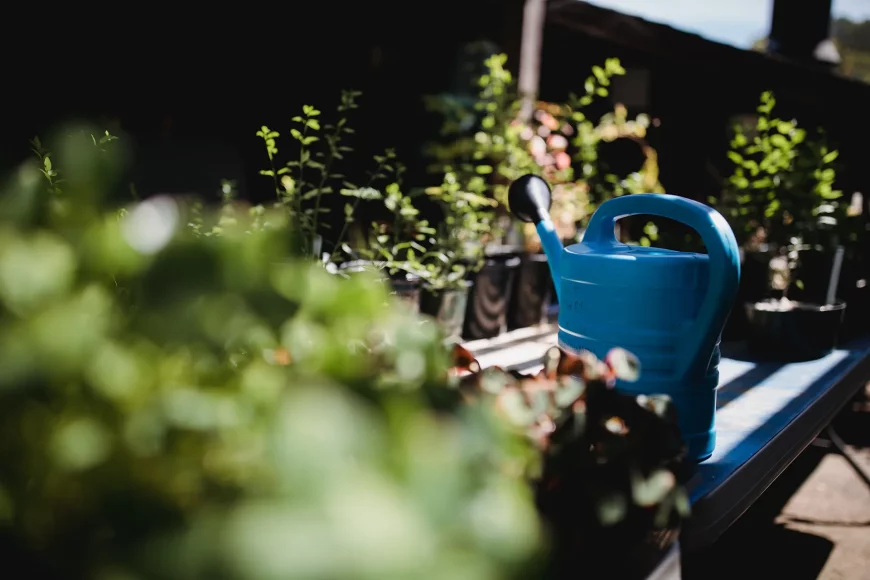How much water do my plants need? 5 tips
 24 июл.
24 июл. The amount of water plants need varies depending on the species. There is no standard amount. We give you a number of tips to help you ascertain how much water your plants need. We first discuss the function of water.
The function of water
A plant needs water for photosynthesis. In this process, the plant converts carbon dioxide and water into glucose and oxygen with the aid of energy from light. It uses the sugars for growth. Water also helps transport nutrients, in a flow created by root pressure and the evaporation of water in the leaves. The evaporation of water also enables plants to cool down.
It is important not to give too little or too much water. Too little water will make the leaves wilt and too much water can cause the roots to rot. The following advice can help give you an indication of how much water your plants need.
Tip 1. Determine the plant species
Cacti, succulents and sansevierias require little water. The soil can be allowed to dry out completely between watering. Palm varieties and types of ivy require a little more water. The soil can dry out partially, but not completely. Ferns, fig trees, philodendrons and geraniums do best in soil that is slightly moist. You will therefore need to water these plants a little more frequently. Plants that require a great deal of water include: hydrangeas, cannabis, purple lythrum, monkshood, forget-me-nots, bluebells and roses.
Tip 2. Take the amount of sunlight, the temperature and the humidity into account
Is the plant in full sun? Then it will dry out more quickly than plants that get indirect sunlight. Plants in full sun therefore need more water. The plant will also consume more water in higher temperatures and dry air (low humidity).
The ideal humidity depends on a number of factors. For example, young plants and cuttings generally require a high humidity of 80 to 85 percent and plants that are further in the growth phase require a maximum humidity of 60 percent. But this too is dependent on the plant species.
Tip 3. Use a soil moisture meter
You can buy devices that measure the moisture content of the soil. You can place these in the soil where the roots are. You can see whether the soil is moist enough after a few seconds. Incidentally, you can also assess this with your fingers. It is important to insert your finger a number of centimetres beneath the surface. Is the substrate dry there? Then the plant needs water.
Tip 4. The amount of water should be equivalent to 5 to 10 percent of the contents of the pot
As a rule of thumb, you can give the plant a volume of water that is equivalent to 5 to 10 percent of the contents of the pot. You will then generally be giving the plant the right amount of water. Is your plant in the open field? Open field plants usually require less water than those in pots. They can penetrate the ground far deeper with their roots, as a result of which they have access to more water. Open field plants only require additional water in the event of an extended dry, hot period.
Tip 5. Take the flowering phase into account
Is your plant in the flowering phase? Then it also requires more water. After all, plants have a higher level of transpiration during the flowering phase. If your plants has flowers, it has an even greater need for water.
Would you like your plants to grow faster? Then consider using a growth medium. At BAC, we have various organic growth media in our range.



